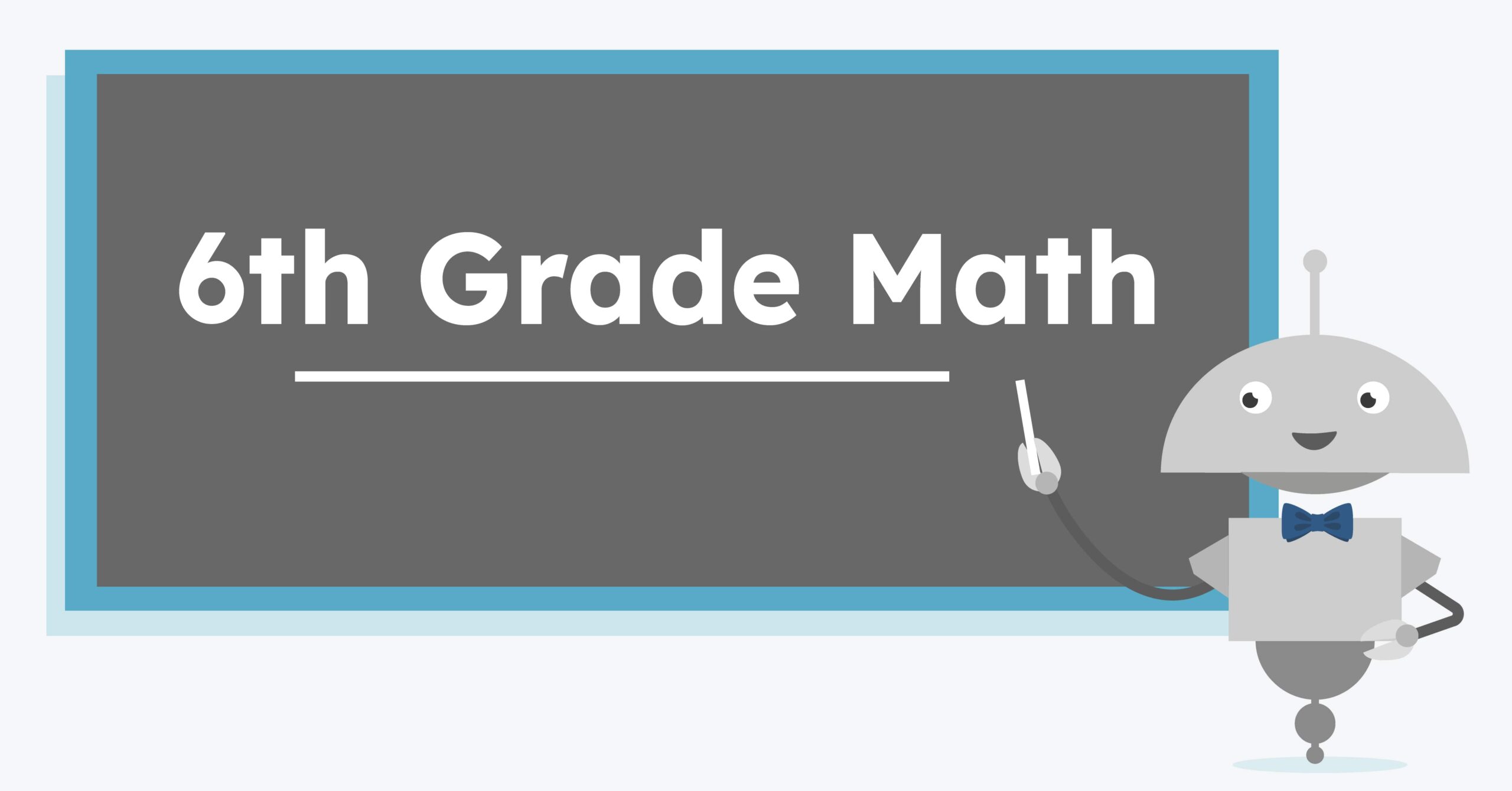6th Grade Math Curriculum
By sixth grade math, many students have a solid handle on the basics and are ready for algebra. These math skills also start to appear in other core subjects, like chemistry and geography!
Sixth graders expand their math skills through fractions and decimals, ratios, negative numbers, and beginner algebra, like one-step equations and inequalities. They’ll also dive into coordinate plane graphs, basic geometry, and data and statistics to build critical thinking and problem-solving confidence.
Miacademy’s sixth grade math program nurtures this through engaging videos, interactive activities, and a personalized learning path that makes skill mastery enjoyable AND rewarding.
Sample Lesson
Interested in more math videos for middle school? Visit our YouTube channel @TheMiacademyLearningChannel!
Is my student ready for 6th grade math concepts?
Before beginning sixth grade math, students should have a solid understanding of fifth-grade math concepts.
While not required, we suggest students take our fifth-grade math course, Math Level F (or an equivalent course), before starting math in sixth grade.
Your child is likely ready for sixth-grade math if they can:
- Fluently multiply and divide multi-digit whole numbers
- Add, subtract, multiply, and divide fractions and decimals
- Understand and find factors and multiples, including prime numbers
- Compare, order, and perform operations with whole numbers, fractions, and decimals
- Understand place value and how it applies to operations with decimals
- Use basic number properties (associative, commutative, distributive)
- Interpret and solve word problems using all four operations
- Understand basic concepts of geometry, including area, perimeter, and volume
- Read and create simple graphs and charts (bar, line, pictograph)
- Use simple ratios and rates in real-world contexts
Free 6th Grade Math Worksheets – PDF Download
Each video lesson has printable math worksheets with additional activities to extend learning beyond the screen with a hands-on approach!
Click here to download a sample sixth-grade math PDF about prime factorization:
What are the 6th grade math standards?
Sixth grade math standards focus on algebra readiness and an introduction to geometry and statistics. This year, students learn how to:
- Apply ratios and rates to solve real-world problems with equations
- Understand and divide fractions by fractions and perform all operations with decimals
- Work with multi-digit numbers and apply the standard algorithm for division and multiplication
- Write, evaluate, and simplify expressions using variables
- Solve one-step equations and inequalities
- Understand and use positive and negative numbers on the number line and in coordinate planes
- Analyze and interpret data using measures of center (mean, median, mode) and variability
- Find area, surface area, and volume of geometric figures
- Understand and apply the concept of statistical variability
- Use reasoning to solve multi-step word problems involving all number types
Standards can vary by state, so be sure to check what’s required where you live.
Scope and Sequence
6th Grade Math Curriculum (Math Level G)
Our sixth grade math curriculum teaches with a spiral approach, continually building off previously learned skills to build student confidence and prepare them for learning new skills.
The curriculum begins with a deep dive into fractions and decimals, covering concepts like prime factorization, operations with mixed numbers, and conversions. Students then explore percentages, ratios, rates, algebraic expressions, one-step equations and inequalities, negative numbers, coordinate planes, geometry, and data.
Miacademy’s Online 6th Grade Homeschool Curriculum
Miacademy’s sixth-grade math curriculum is expertly designed to help students master essential math skills through a meaningful and engaging learning process. The program builds a solid understanding of algebra and geometry foundations while also introducing students to new concepts like ratios.
Through interactive lessons, practical applications, and adaptive practice, Miacademy helps students build both math competence and confidence.
Plus, one of the best things about our sixth-grade curriculum is homeschooling with flexibility! You get full customization over your lesson plans and assignments to fit your child’s unique learning needs. Students can skip what they already know and dive into new challenges!
Our family of accredited curricula covers everything from learning to count to precalculus and adapts easily to your child’s educational needs.
Whether you homeschool full time or are looking to supplement a public school education, we’re here to support you! Wondering if Miacademy’s sixth-grade homeschool curriculum is a good fit for your student? Start a chat with one of our friendly customer service agents below! They’ll be happy to help you with any questions you may have.



